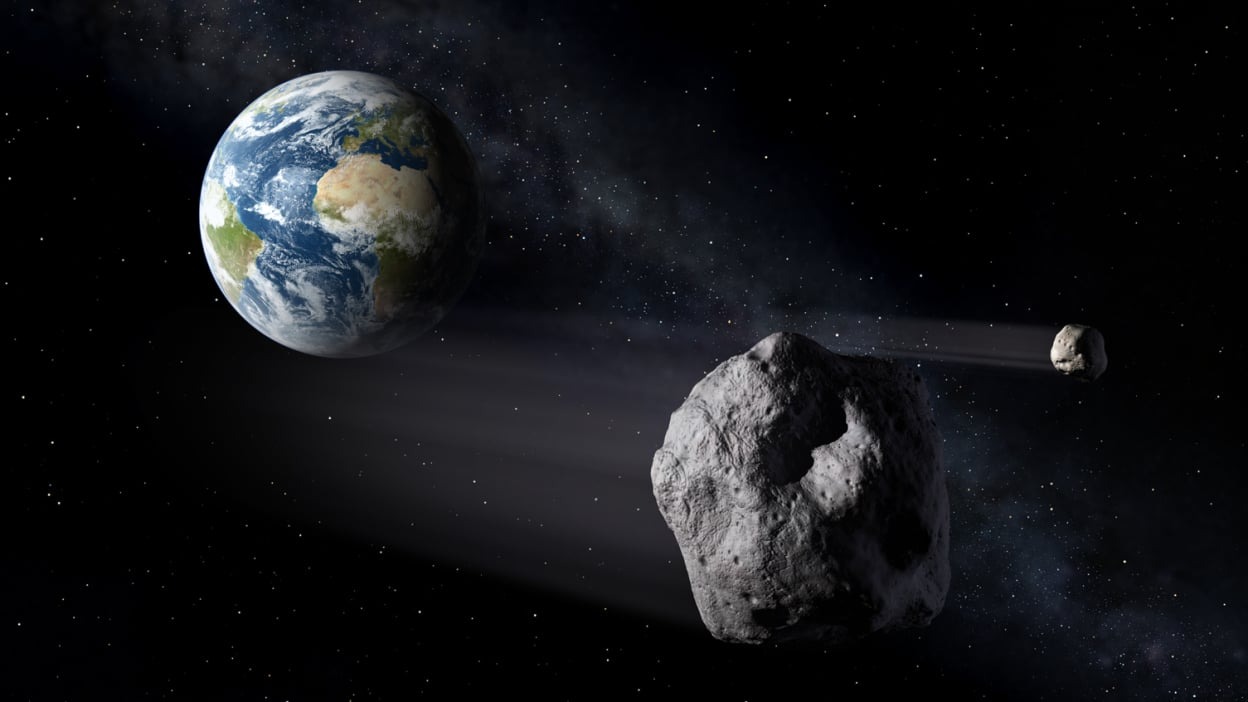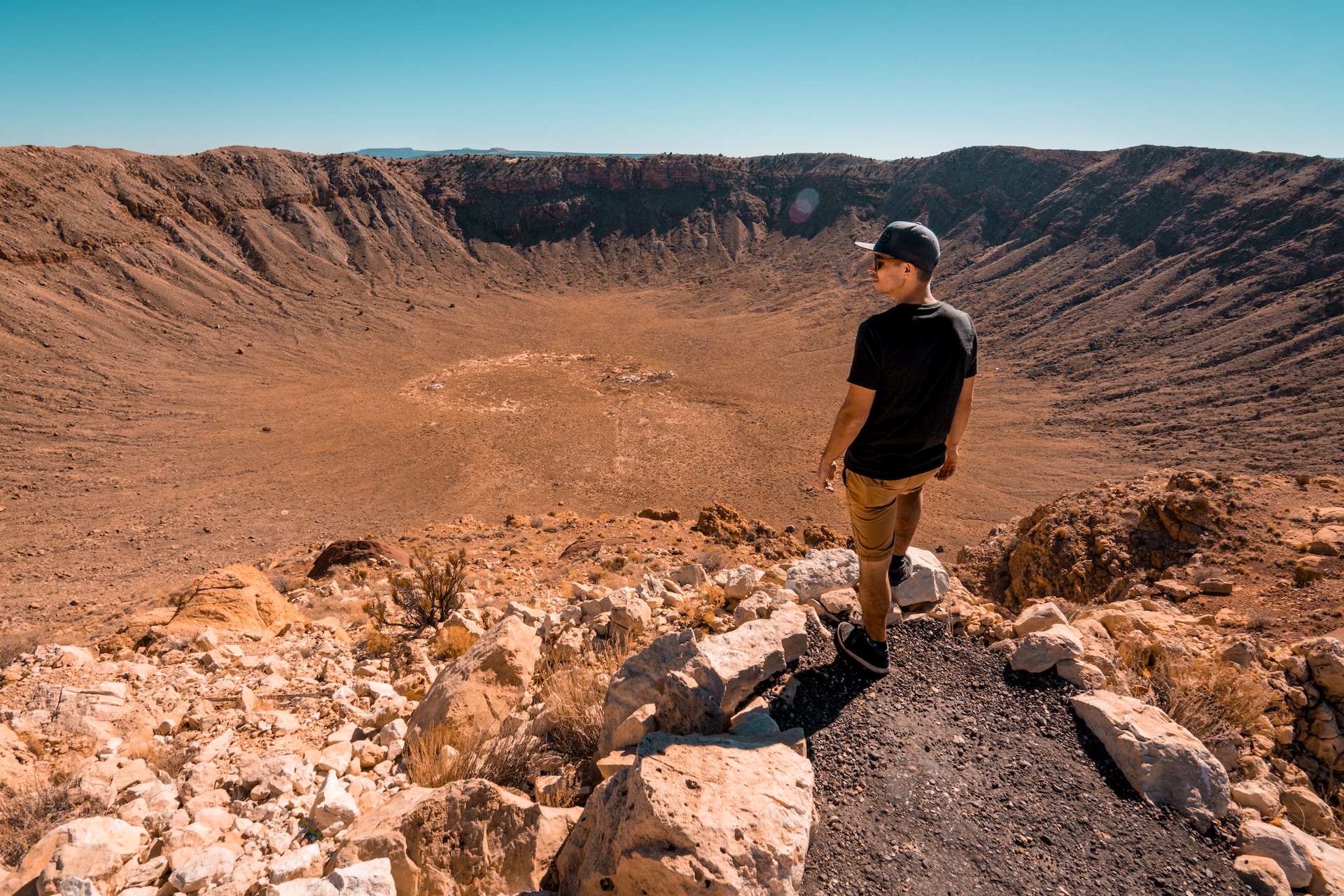The media has recently been fond of spreading news about how another asteroid threatens the Earth with a close flyby that almost falls. Sometimes it happens that space rocks do break into the atmosphere of our planet, and burn up in the atmosphere with a bright flame, sometimes exploding at the same time, like a recent bolide over Kyiv.

But on the surface of the Earth, there are eerie reminders of how large meteorites reach the surface and explode with the force of several nuclear bombs. The Arizona crater, 180 meters deep and 1200 meters wide, is a vivid example of this. Its fall 50 thousand years ago caused massive destruction. But such a space rock was relatively small, and it is difficult to call it a “planet killer”, unlike a huge asteroid about 10 kilometers wide, which destroyed most of the dinosaurs, forming a huge Chicxulub crater.
Of course, the threat of a new significant collision – whether with an asteroid 100 or even 1000 meters wide – is indispensable, but scientists have optimistic news. A new census of many of the largest asteroids that pass by Earth confirms that there are no known collision threats in the next century. Even the probability of a collision in the next millennia is extremely low.

At the same time, researchers know about 20 large potentially dangerous asteroids, since their distant future trajectory has not yet been determined. It is important that these specific asteroids, which are a kilometer wide or even more, do not cause alarm among scientists yet. However, new research highlights that for millennia in the future, some trajectories remain uncertain, and more observations are needed to completely rule out a possible collision.
“We need more information about these asteroids, although the probability [for an impact] is still very low,” said Oscar Fuentes-Muñoz, a researcher at the University of Colorado at Boulder.
Oscar Fuentes-Muñoz has conducted a study on planetary defense, which is currently published on the research exchange platform arxiv, and will be published in The Astronomical Journal.
Why does the threat of an asteroid collision remain low?
NASA and other scientists are closely watching the sky, identifying potential dangers from near-Earth asteroids. Astronomers have discovered almost 10 thousand space rocks not far from us. It is worth noting that the concept of “not far” often means a distance of millions of kilometers. At the same time, every year scientists find about 500 objects with a size of 100 meters. According to scientists, there are about 15 thousand more undiscovered asteroids not far from Earth. Fortunately, more than 90% of the largest giants – more than 500 meters wide – have already been found and their trajectories have been tracked.
However, the future risk of collision remains low for two reasons: the availability of information about the frequency of asteroids hitting the Earth today and in the past, as well as the lack of confirmation of any known future collisions with asteroids.
Surprisingly, about 100 tons of dust and sand-sized particles fall through the Earth’s atmosphere every day, which are immediately burned. Every year at least one asteroid the size of a car falls into our sky, which explodes. Collisions of objects with a diameter of about 150 meters occur every 10-20 thousand years, and an impact similar to the destruction of dinosaurs from a rock about a kilometer wide or more occurs on a scale of 100 million years.
In short, the chances of a significant collision in our lifetime, as far as we know, are very small, astronomers say.
Earlier we reported on how a small asteroid could fall to Earth in 2046.
According to Mashable
Follow us on Twitter to get the most interesting space news in time
https://twitter.com/ust_magazine

